I’ve noticed some interest in the Nikonos cameras on 35mmc and Emulsive so, having used this system a fair bit in the pre-digital era, I thought it might be worth sharing some notes on, and images from, the amazing Nikonos 15mm F2.8 lens. Getting good wide-angle images with a land camera (digital or film) in an underwater housing has always been enough of a pain that I am regularly reminded of the superiority of the Nikonos system for wide-angle photography underwater.
When using a wide-angle lens in an underwater camera housing, you really need a dome port on the housing, to reduce the distortion, astigmatism, chromatic aberrations and vignetting associated with the transmission of light at oblique angles from water to air through flat ports. Having said all this, I have to admit not knowing how the modern small-format action cams (GoPro etc) get around this problem, since they seem to be able to deliver decent enough images underwater with a wide-angle lens behind a flat port.
In any case dome ports also have some inconvenient optical properties. They create a virtual image a few inches in front of the port that your lens needs to focus on, and the virtual image can, for some port/lens combinations, be closer than the lens’s minimum focus. To make matters worse, even if the lens can focus close enough, the virtual image is also strongly curved, which means you often need to stop down to smaller than f/11 to get the corners sharp.
The Nikonos wide-angle lenses (28, 20, and 15) are all optically corrected for underwater use (yes, that means don’t bother using them on land!) so none of the above complications get in the way. The excellent ‘kit’ 35mm f/2.5 can be used in both air and water, but tends to be not quite as useful underwater unless it’s crystal clear, or the lens is used with extension tubes for macro. They are all insanely sharp lenses and can deliver brilliant results when used correctly.
The Nikonos 15mm has an angle of view of 94 degrees which is close to that of a 20mm lens in air. It is a rectilinear design and produces undistorted images with a flat plane of focus. It has knobs for focus and aperture (which goes to f/22), which can be read through a window near the lens mount, and an excellent depth of field indicator. At f/11 (usable with 100 ASA film in shallow water on a sunny day) you can get everything between 32cm and infinity in focus. The lens will focus down to 30cm but the focus scale reads down to 22cm on the metric scale and 0.7 feet on imperial. It’s quite good for wide-angle macro. Frame 5 below is an image of a nudibranch that I shot with this lens using ambient light only. I have cropped it a bit but you can still see a lot of detail in this very small (probably 10cm long) animal.
Unlike the housed systems, you can shoot the Nikonos 15mm at f/4 and count on getting an extremely sharp image, corner to corner. The lens has been tested on high resolution digital sensors and those tests show it also performs impressively wide open. The most recent testament to the superlative optical performance of this 1980s lens is that it is part of the ‘DeepX‘ 3D camera system which was used to shoot the underwater sequences of James Cameron’s Avatar 2 – The Way of Water. The inventor of this system is Pawel Achtel.
The Nikonos 15mm lens comes with the dedicated, hot-shoe mounted, ‘DF11’ finder. A ‘mint’ condition lens and finder can be had for around US$450 these days, which is around a third of what they used to cost back in the ‘80s and ‘90s. The complete kit should include a nice steel screw-on cap. It’s pretty rare for the o-rings on the focus or aperture knobs of Nikonos lenses to leak but it’s definitely worth always giving the camera and lens a good soak in a bucket of fresh water after an ocean dive to make sure salt crystals don’t build up around the seals. The Nikonos cameras such as the Nikonos V above and lenses are (quite a bit) heavier than water so it’s sensible to use a good wrist lanyard.
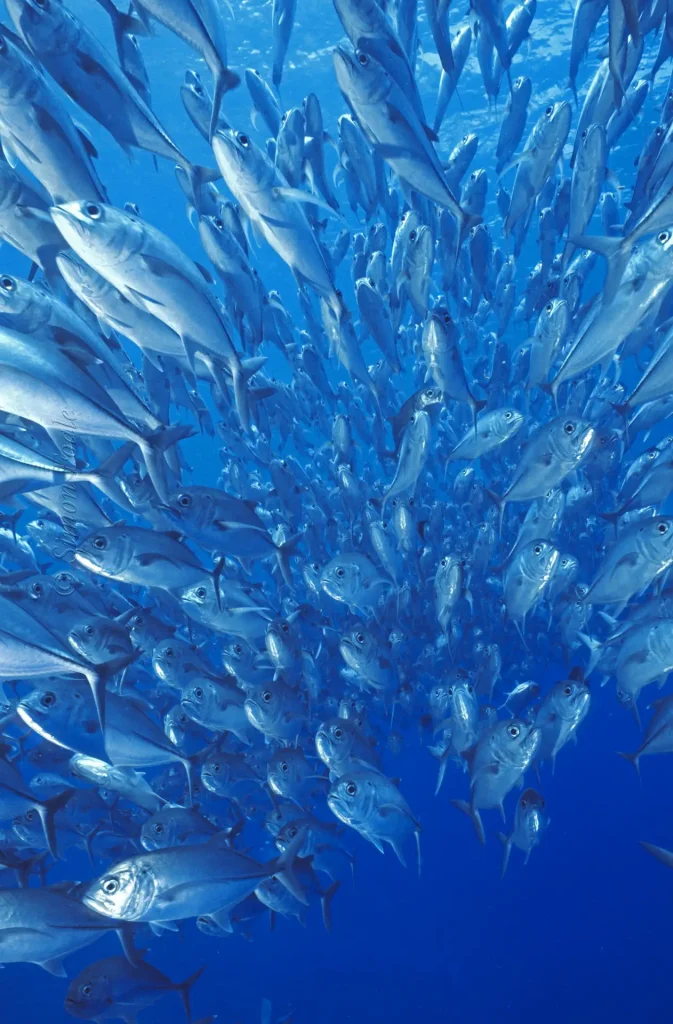
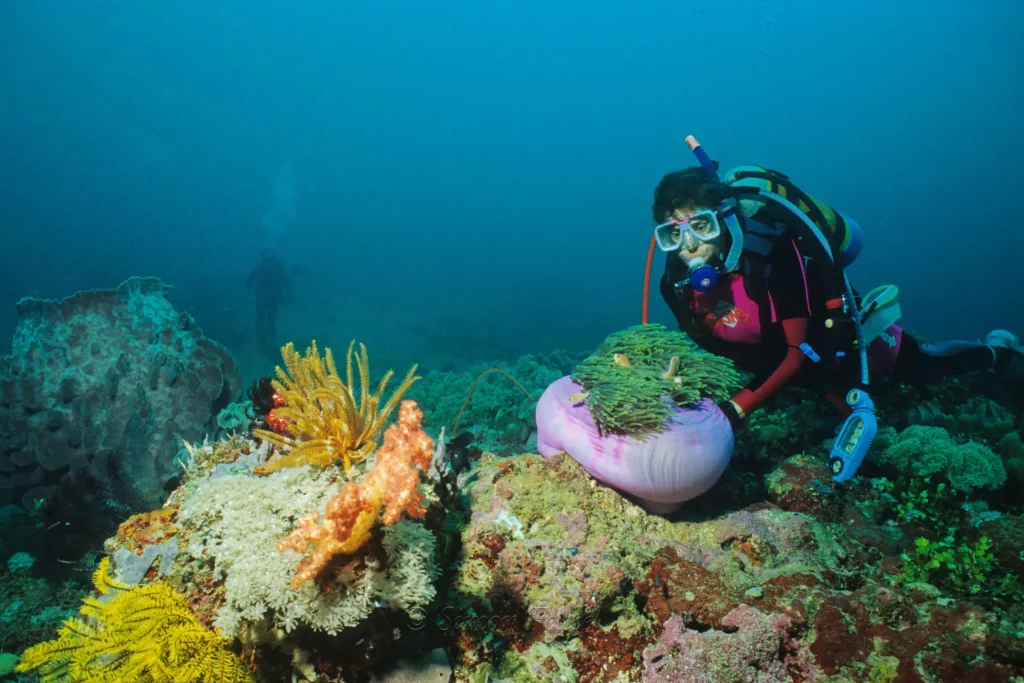
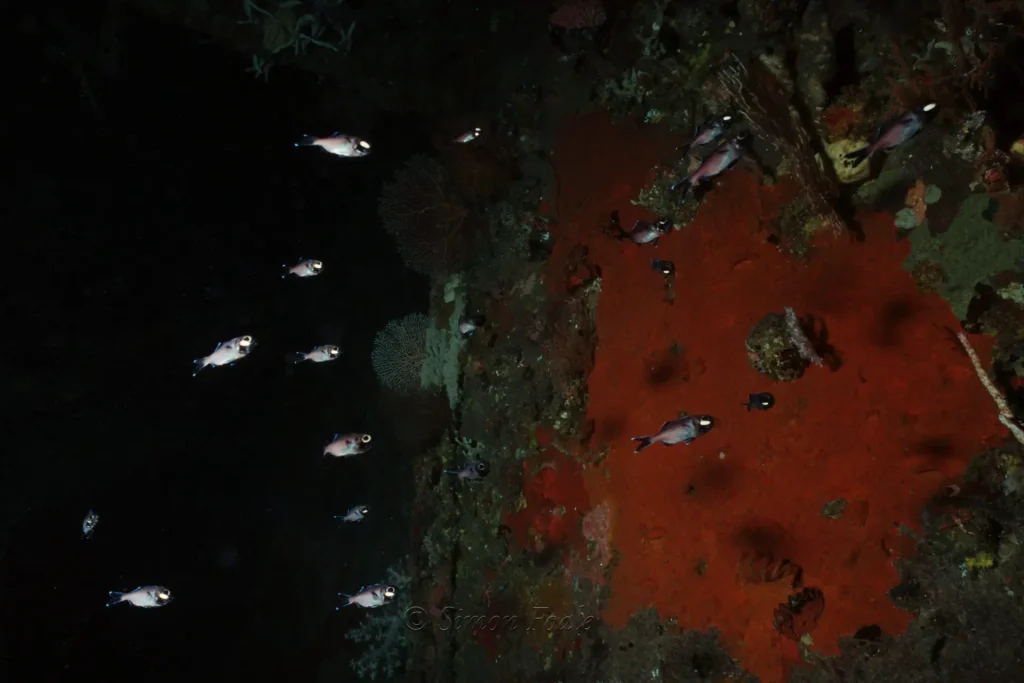
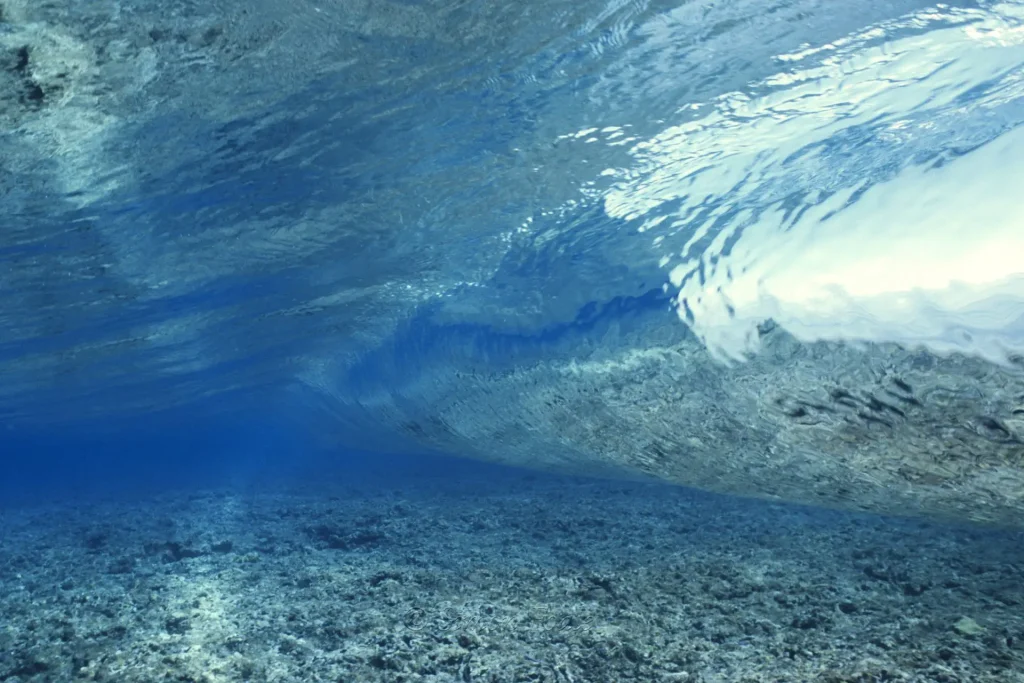
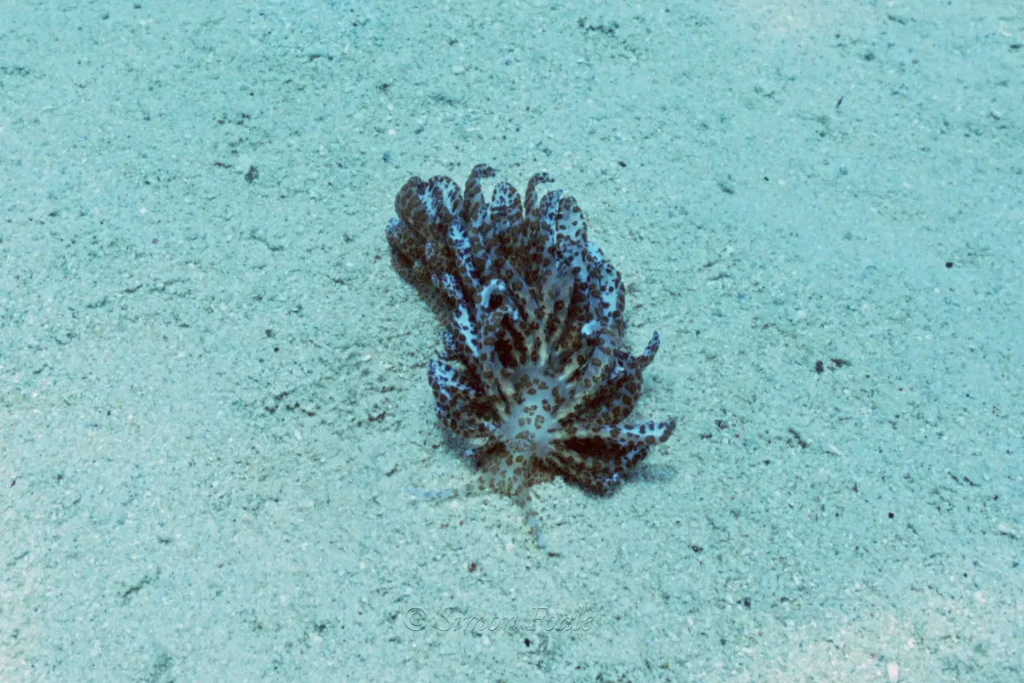
Thanks for reading. I have some images at Flickr, including tropical and temperate underwater images made with the Nikonos system as well as housed SLR systems.
Share this post:
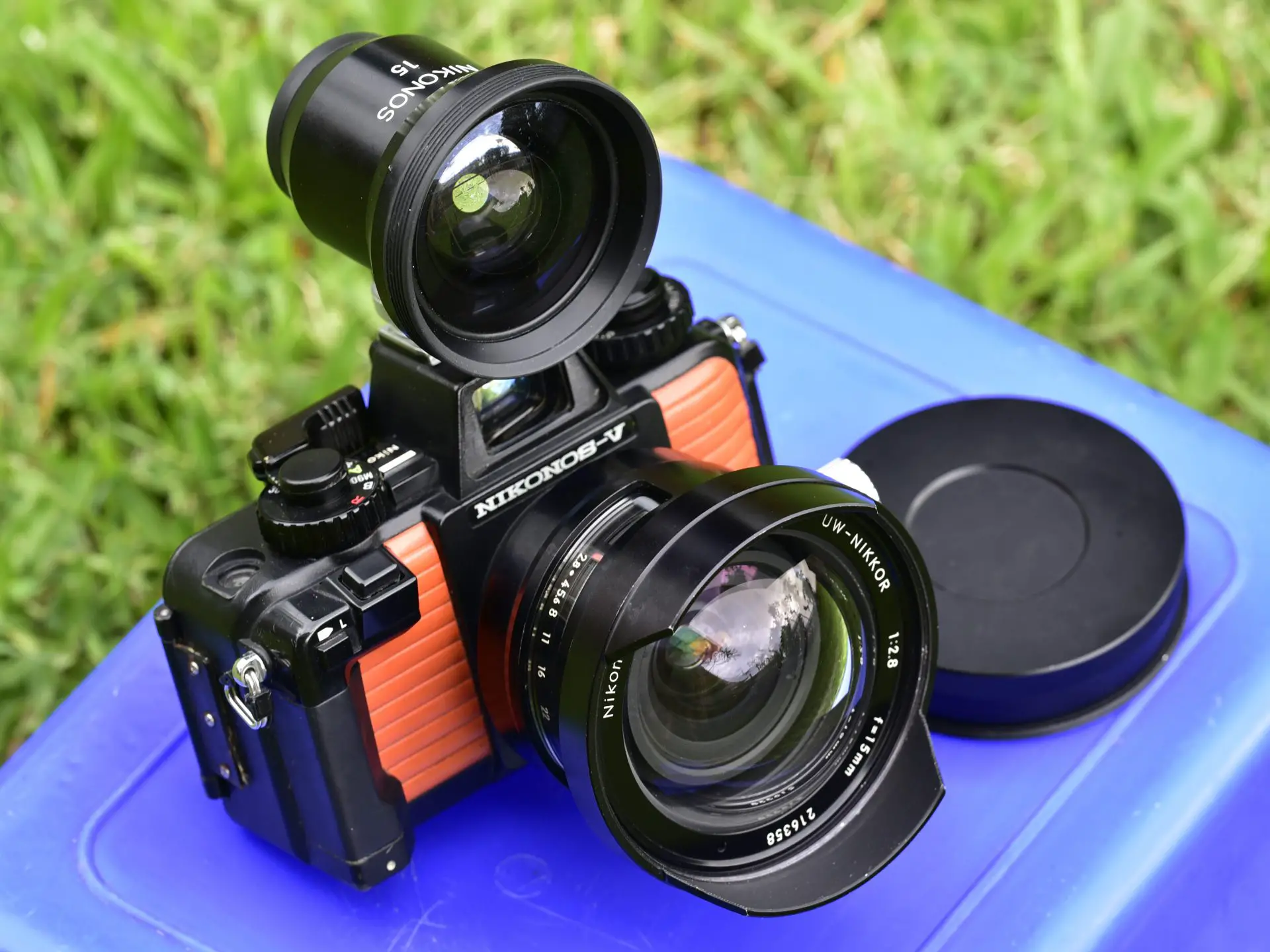








Comments
Gary Paudler on Nikonos 15mm f/2.8 Lens Mini Review – Shooting Fuji Velvia & Provia 100 – by Simon Foale
Comment posted: 19/01/2021
I love those cameras, they feel great to use above water, too.
Comment posted: 19/01/2021
Stephen on Nikonos 15mm f/2.8 Lens Mini Review – Shooting Fuji Velvia & Provia 100 – by Simon Foale
Comment posted: 19/01/2021
It just so happens that one of these arrived on my doorstep yesterday, but with a hobbled 35mm lens that's missing the protective water-tight front element. I'll be sourcing another soon for taking along in splash-proof situations. Built like an absolute tank!
Comment posted: 19/01/2021
Sroyon on Nikonos 15mm f/2.8 Lens Mini Review – Shooting Fuji Velvia & Provia 100 – by Simon Foale
Comment posted: 21/01/2021
Katharine Kollman on Nikonos 15mm f/2.8 Lens Mini Review – Shooting Fuji Velvia & Provia 100 – by Simon Foale
Comment posted: 22/06/2021
Comment posted: 22/06/2021
Nuno on Nikonos 15mm f/2.8 Lens Mini Review – Shooting Fuji Velvia & Provia 100 – by Simon Foale
Comment posted: 07/12/2021
I got a question related to what you said about the 35mm underwater. I have one of these and I bought the camera more to use above water and on the beach, but I look forward to try it underwater once.
You said it's only really worth to use the 35mm in crystal clear waters or with macro tubes. My camera came with a screw in macro filter. Will that serve the same purpose? Can I still zone focus trusting the lens DOF and focus distance settings?
Comment posted: 07/12/2021
Kaytlin on Nikonos 15mm f/2.8 Lens Mini Review – Shooting Fuji Velvia & Provia 100 – by Simon Foale
Comment posted: 01/03/2022
Comment posted: 01/03/2022